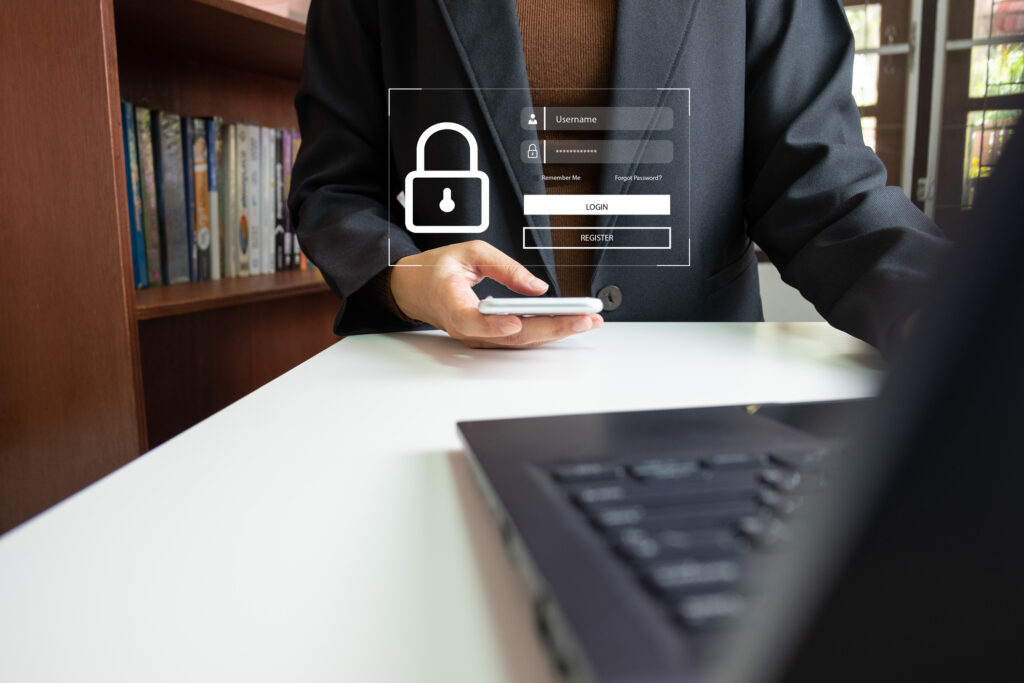By Duane Squier, Information Technology Director

Why your business should be using MFA
Multi-factor authentication (MFA) is a security measure that requires users to provide two or more factors to verify their identity when logging in to an account. This makes it much more difficult for attackers to gain unauthorized access to accounts, even if they have stolen or compromised a user’s password.
MFA factors typically fall into three categories:
- Knowledge factors: Something you know, such as a password or PIN.
- Inherence factors: Something you are, such as a fingerprint or facial scan.
- Possession factors: Something you have, such as a smartphone or security key.
Some common examples of MFA include:
- Entering a one-time password (OTP) from a mobile app or text/SMS message.
- Using a fingerprint scanner or facial recognition to unlock a device.
- Plugging in a security key.
In addition to protecting accounts from unauthorized access, MFA can also help to prevent a variety of other cyberattacks, such as phishing attacks and account takeovers.
Benefits of using MFA
- Improved security: MFA makes it much more difficult for attackers to gain unauthorized access to accounts, even if they have stolen a user’s password.
- Reduced risk of data breaches: MFA can help to prevent data breaches by protecting accounts from unauthorized access.
- Increased compliance: Many regulations and industry standards require organizations to implement MFA for certain types of accounts.
- Peace of mind: Knowing that your accounts are protected with MFA can give you peace of mind.
How to enable MFA
MFA is available for a wide variety of accounts, including email accounts, social media accounts, bank accounts, and more. To enable MFA for an account, you will need to visit the account’s security settings.
Once you have enabled MFA, you will be required to provide two or more factors of authentication whenever you log in to the account.
Tips for using MFA:
- Use a variety of MFA factors: Different MFA factors have different strengths and weaknesses. To maximize your security, it is best to use a variety of MFA factors.
- Keep your MFA factors safe: Do not share your MFA factors with anyone. Be careful not to lose your phone or security key.
- Use a password manager: A password manager can help you to create and manage strong, unique passwords for all of your accounts.
MFA is a simple and effective way to minimize your cybersecurity vulnerabilities. If you are not already using MFA, I encourage you to enable it for all of your business and personal accounts that support it. It is a small investment that can pay off big in terms of protecting data and privacy.
Questions on how to keep your business data secure? Contact our Cybersecurity team. Email | 804.747.0000
About the Author
The information contained within this article is provided for informational purposes only and is current as of the date published. Online readers are advised not to act upon this information without seeking the service of a professional accountant, as this article is not a substitute for obtaining accounting, tax, or financial advice from a professional accountant.



